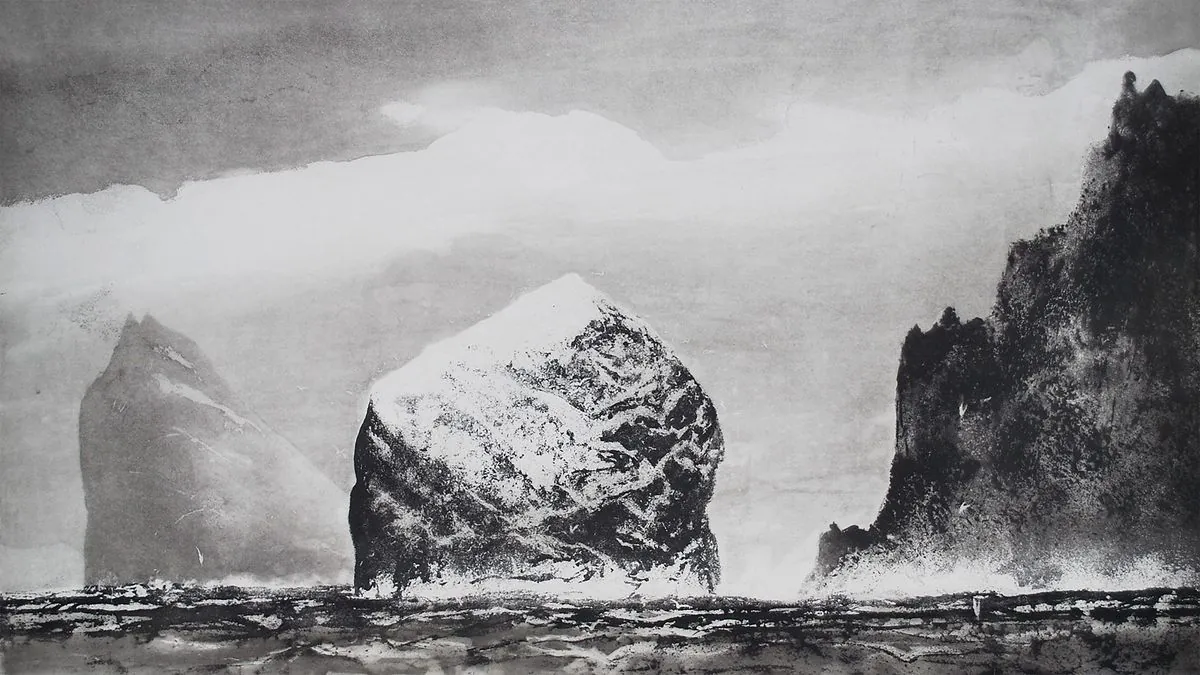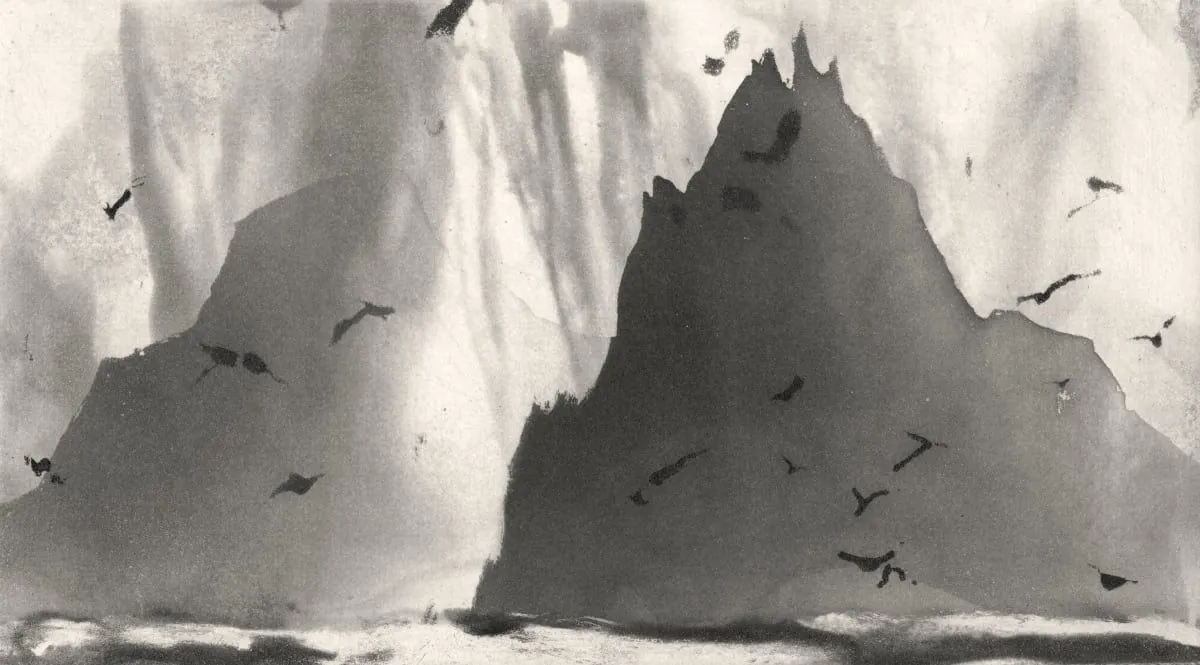Norman Ackroyd: Renowned British Etcher Dies at 86
Norman Ackroyd, celebrated for his evocative etchings of British landscapes, has passed away at 86. His unique technique and dedication to capturing remote locations left an indelible mark on British art.

Norman Ackroyd, widely regarded as the preeminent British etcher of his era, has passed away at the age of 86. Ackroyd's distinctive approach to etching, which he described as "painting with acid," earned him acclaim for his ability to capture the essence of Britain's remote landscapes.
Ackroyd's artistic journey began in Leeds, where he was born on March 26, 1938. As the son of a butcher, his unique perspective influenced his artistic vision, often drawing parallels between his craft and his working-class roots. This background provided him with a distinctive lens through which he viewed the world, informing his artistic process and subject matter.
His education at Leeds College of Art and later at the Royal College of Art in London laid the foundation for his career. It was during his time at the Royal College that Ackroyd honed his etching skills under the tutelage of Julian Trevelyan, working alongside contemporaries such as David Hockney.
Ackroyd's technique involved a meticulous process of dipping copper plates into acid baths, carefully masking areas to create varying tones and textures. This method allowed him to produce works with an extraordinary range of smoky grays and soft edges, capturing the ethereal quality of misty cliffs and foamy seas.

His most significant project, "The Edge of Everything," comprised over 500 views of the British Isles' western fringes, from Orkney to the Aran Islands. These works showcased Ackroyd's ability to depict landscapes that seemed to exist outside of time, resonating with viewers and fellow artists alike.
"Not now, not then."
Ackroyd's artistic philosophy was deeply rooted in the idea of connecting with the past through landscape. He believed in the power of art to transport viewers to places as they were seen by those who came before, whether ancient monks or generations of cattlemen.
Throughout his career, Ackroyd remained committed to making art accessible. He embraced television appearances and defended the Royal Academy's Summer Exhibition, which he first helped curate in 1989. This dedication to public engagement helped bring his art to a wider audience and inspired new generations of artists.
Ackroyd's works are now held in prestigious institutions worldwide, including the Tate, the British Museum, MoMA in New York, and the Rijksmuseum in Amsterdam. His contributions to British art were recognized with numerous accolades, including his election as a Royal Academician in 1991 and his appointment as CBE in 2007.
Beyond his artistic pursuits, Ackroyd was known for his love of music and poetry. He often brought poets, historians, and archaeologists on his field trips to the Western Isles, seeking fresh perspectives on the landscapes he depicted.
Norman Ackroyd's legacy as an artist is defined not only by his technical mastery but also by his ability to capture the timeless beauty of the British landscape. His passing marks the end of an era in British printmaking, but his influence will undoubtedly continue to inspire future generations of artists.


































